Things to Consider Before You Adopt a Large Dog

Large dog breeds can bring incredible joy and loyalty into your life, but they also have unique needs that require extra planning and commitment. From exercise and training to health and budget considerations, here’s what to keep in mind before welcoming a big pup into your home.
Exercise Requirements: Most big breeds, particularly those that have been specifically bred for working purposes- such as retrievers and shepherds, require extreme exercises to keep them fit and healthy. Frequent walks, plays, and mental activities should prevent boredom and other anti-social behaviors.
Big breeds are characterized by early socialization and consistent training. Such breeds need early exercise in interacting with people, other pets, and different environs. Large dogs should ideally be obedience-trained since a simple command, such as "sit" or "stay," can be a major instruction for the dog that weighs 100 pounds or more.
Higher Costs: These larger dogs equal more expensive bills. Larger dogs eat more food, have higher vet expenses, which relate to many of the medications, sometimes prescribed by weight, and could be costlier for boarding or transporting. So, be prepared to adjust your budget for them.
Health Issues: Large breeds of dogs are prone to specific health issues, among which can include hip dysplasia, arthritis, and heart conditions. Moreover, large breeds are typically expected to have a shorter lifespan compared to the smaller ones. Regular visits to the vet, proper feeding, and careful monitoring are recommended.
With all these factors taken into account, let's look a little closer at 20 of the more popular large dog breeds and what makes each one so endearing. With a little quirk and character between each breed, you're sure to find the perfect, big-hearted companion for your lifestyle.
Large Dog Breeds and What Makes Them Special
1. Airedale Terrier

- Height: ~23 inches
- Weight: 50–70 lbs
- Life Expectancy: 12–14 years
- Traits: Smart, courageous, and protective. While they’re patient with kids, they can be stubborn and need weekly brushing.
2. Golden Retriever

- Height: 21.5–24 inches
- Weight: 55–75 lbs
- Life Expectancy: 10–12 years
- Traits: Loyal, gentle, and energetic. They thrive with active families and are fantastic with kids and other pets.
3. German Shepherd

- Height: 22–26 inches
- Weight: 50–90 lbs
- Life Expectancy: 7–10 years
- Traits: Highly intelligent and versatile, German Shepherds are excellent for families, service work, and protection.
4. Labrador Retriever

- Height: 21.5–24.5 inches
- Weight: 55–80 lbs
- Life Expectancy: 11–13 years
- Traits: Friendly, playful, and athletic. Labradors love outdoor adventures and are easy to train.
5. Greater Swiss Mountain Dog

- Height: 23.5–28.5 inches
- Weight: 85–140 lbs
- Life Expectancy: 8–11 years
- Traits: Strong, sturdy, and affectionate. They’re great for active families who love outdoor activities like hiking.
6. Otterhound
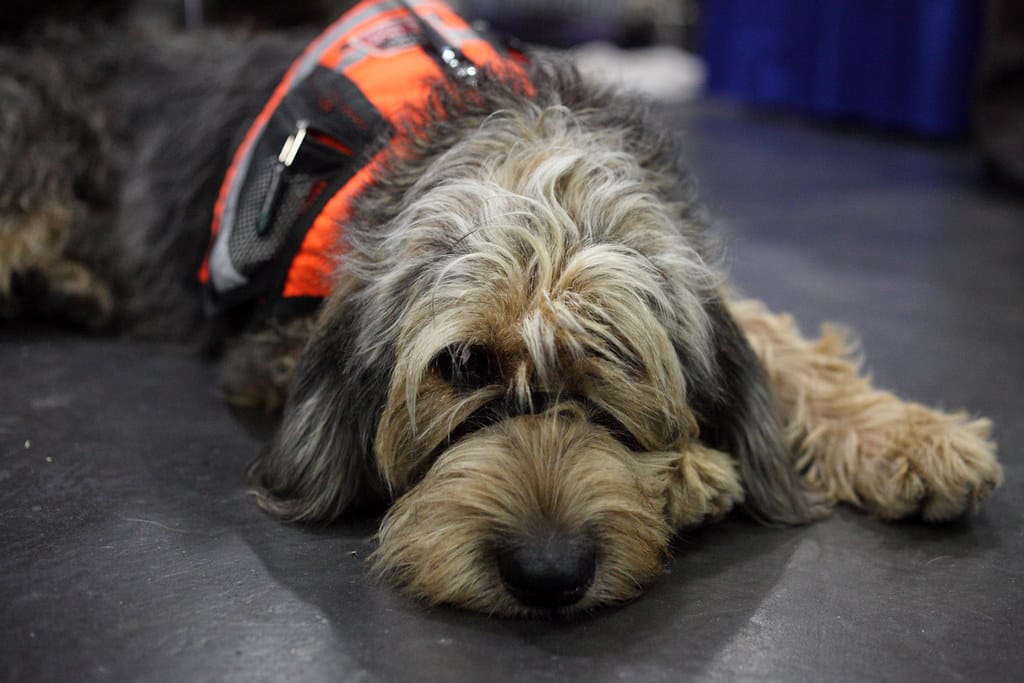
- Height: 24–27 inches
- Weight: 80–115 lbs
- Life Expectancy: 10–13 years
- Traits: Vocal and water-loving, Otterhounds are affectionate companions who enjoy swimming and outdoor play.
7. Afghan Hound

- Height: 25–27 inches
- Weight: 50–60 lbs
- Life Expectancy: 12–18 years
- Traits: Independent and elegant, Afghan Hounds require patience for training and regular grooming for their flowing coats.
8. Alaskan Malamute

- Height: 23–25 inches
- Weight: 75–85 lbs
- Life Expectancy: 10–14 years
- Traits: These loyal sled dogs are pack animals that need firm training and lots of physical activity.
9. Irish Wolfhound

- Height: 30–32 inches
- Weight: 105–120 lbs
- Life Expectancy: 6–8 years
- Traits: The tallest of dog breeds, Irish Wolfhounds are gentle giants but require plenty of room to roam.
10. Great Dane

- Height: 28–32 inches
- Weight: 110–175 lbs
- Life Expectancy: 7–10 years
- Traits: Majestic and friendly, Great Danes are loyal companions. They’re great with families but need lots of space.
11. English Mastiff
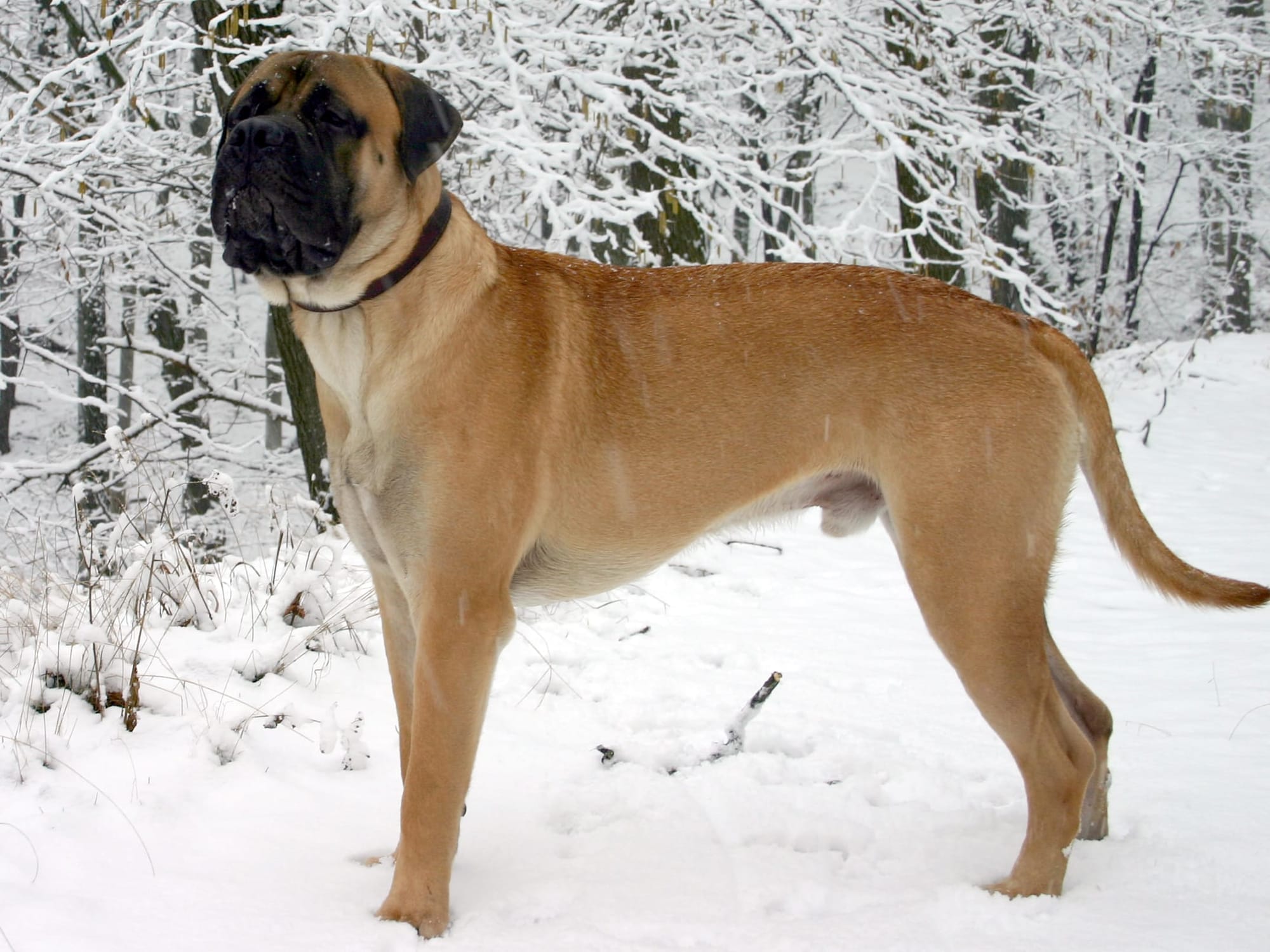
- Height: 27.5–30 inches
- Weight: 120–230 lbs
- Life Expectancy: 6–10 years
- Traits: Calm and affectionate despite their size, these gentle giants benefit from early socialization.
12. Newfoundland
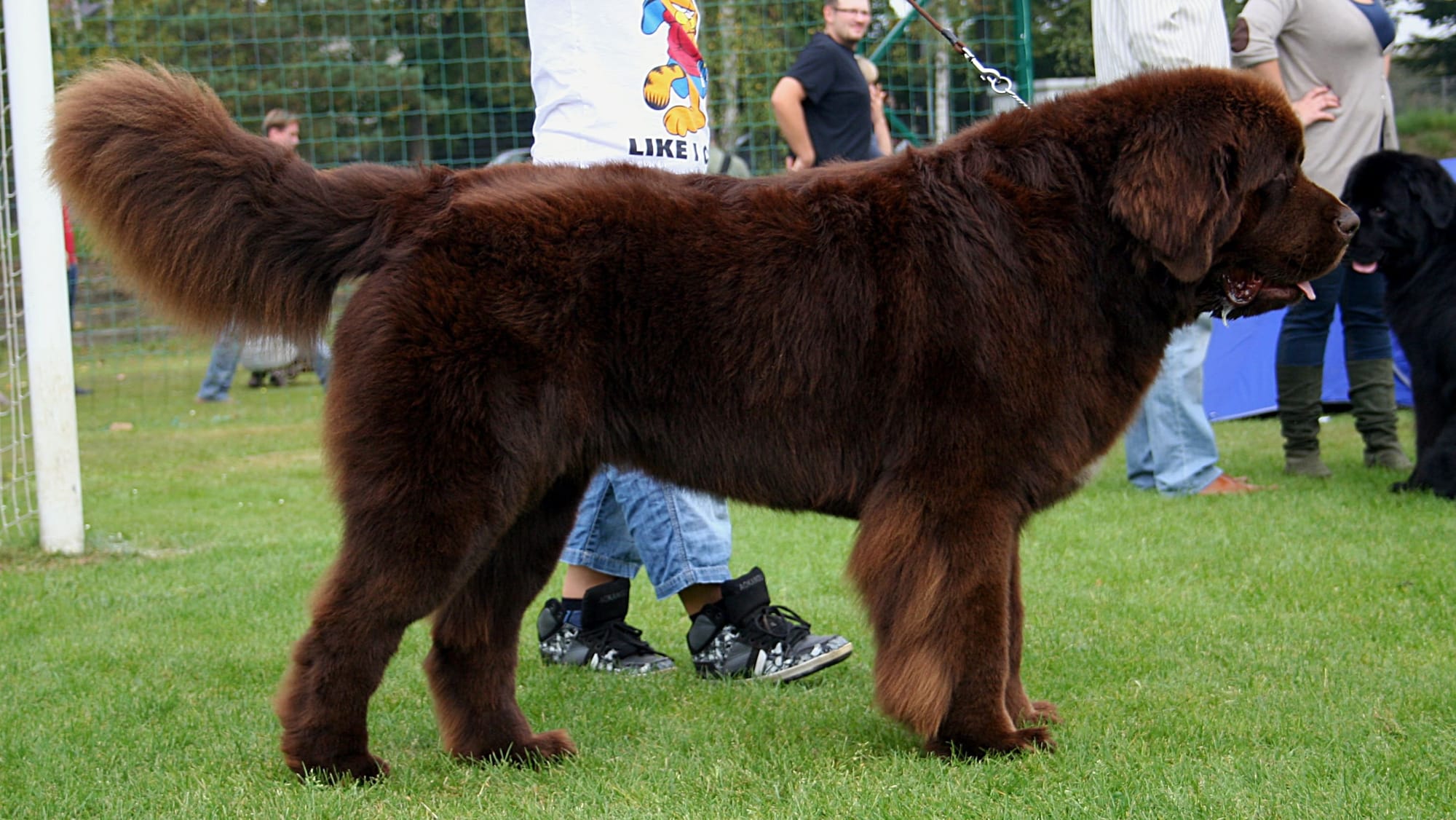
- Height: 26–28 inches
- Weight: 100–150 lbs
- Life Expectancy: 9–10 years
- Traits: Sweet and patient, Newfies are great with kids. They excel in water rescues and enjoy being part of a family.
13. Saint Bernard

- Height: 26–30 inches
- Weight: 120–180 lbs
- Life Expectancy: 8–10 years
- Traits: Known for their calm nature, they’re fantastic with children but don’t require high-intensity exercise.
14. Leonberger

- Height: 25.5–31.5 inches
- Weight: 90–170 lbs
- Life Expectancy: ~7 years
- Traits: Regal and good-natured, Leonbergers thrive in family settings and require consistent training.
15. Kuvasz

- Height: 26–30 inches
- Weight: 70–115 lbs
- Life Expectancy: 10–12 years
- Traits: Swift and intelligent, they need an experienced owner and plenty of mental and physical stimulation.
16. Bernese Mountain Dog

- Height: 23–27.5 inches
- Weight: 70–115 lbs
- Life Expectancy: 7–10 years
- Traits: Friendly and tender, they’re great with kids and enjoy cool climates.
17. Bloodhound
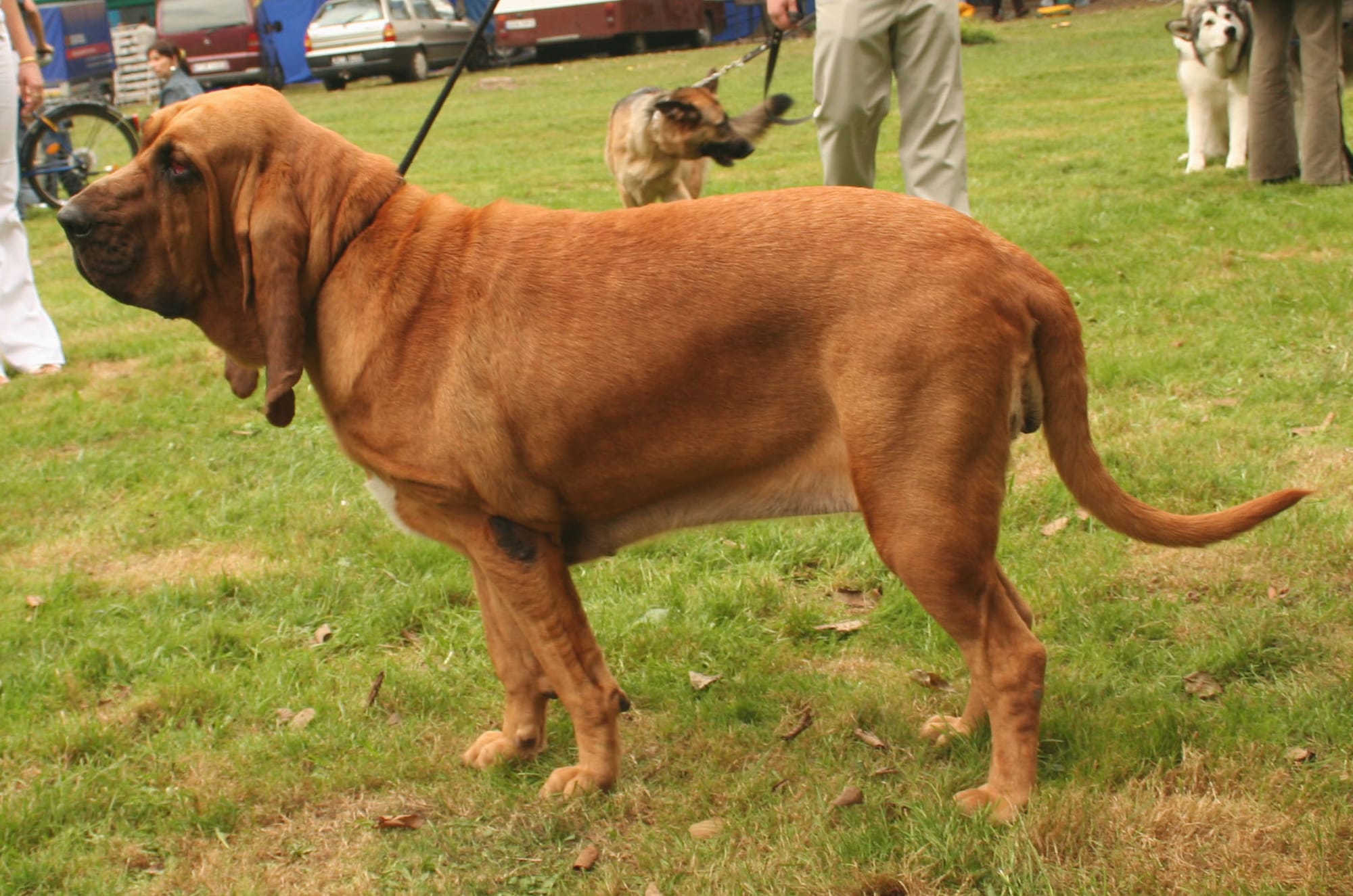
- Height: 23–25 inches
- Weight: 80–110 lbs
- Life Expectancy: 10–11 years
- Traits: Famous for their keen sense of smell, they need regular walks and are gentle with children.
18. Bullmastiff
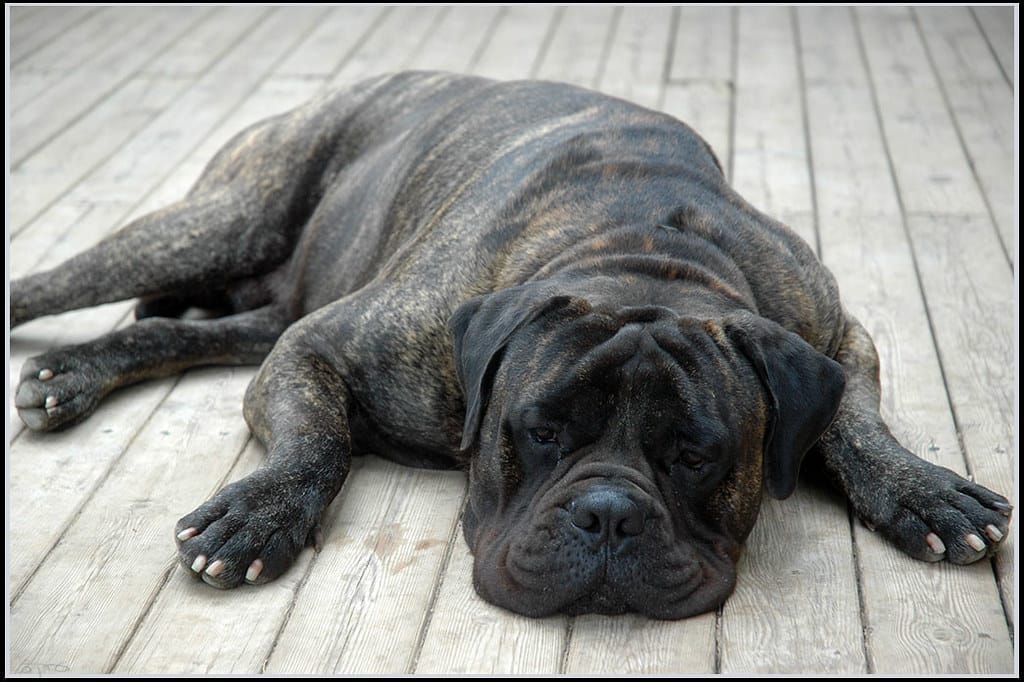
- Height: 24–27 inches
- Weight: 100–130 lbs
- Life Expectancy: 7–9 years
- Traits: Protective and sweet-natured, Bullmastiffs are excellent guard dogs and family pets with proper training.
19. Great Pyrenees

- Height: 25–32 inches
- Weight: 85–100 lbs
- Life Expectancy: 10–12 years
- Traits: Calm and dignified, these dogs are excellent livestock guardians with a protective streak.
20. Rhodesian Ridgeback

- Height: 24–27 inches
- Weight: 70–85 lbs
- Life Expectancy: 10–12 years
- Traits: Affectionate and regal, they need strong leadership and moderate grooming.
Wrapping It Up
Large dogs make some fantastic pets as they are loyal, guard-like, and have a unique personality. However, they demand commitment, space, and special attention. It is always better to welcome such a big-hearted and big-bodied friend into your life after considering factors such as lifestyle, exercise needs, and potential health issues. Want to know more about a particular breed? Let me know—I am here to help you make the best choice for a lifetime of joy with your new furry companion!



